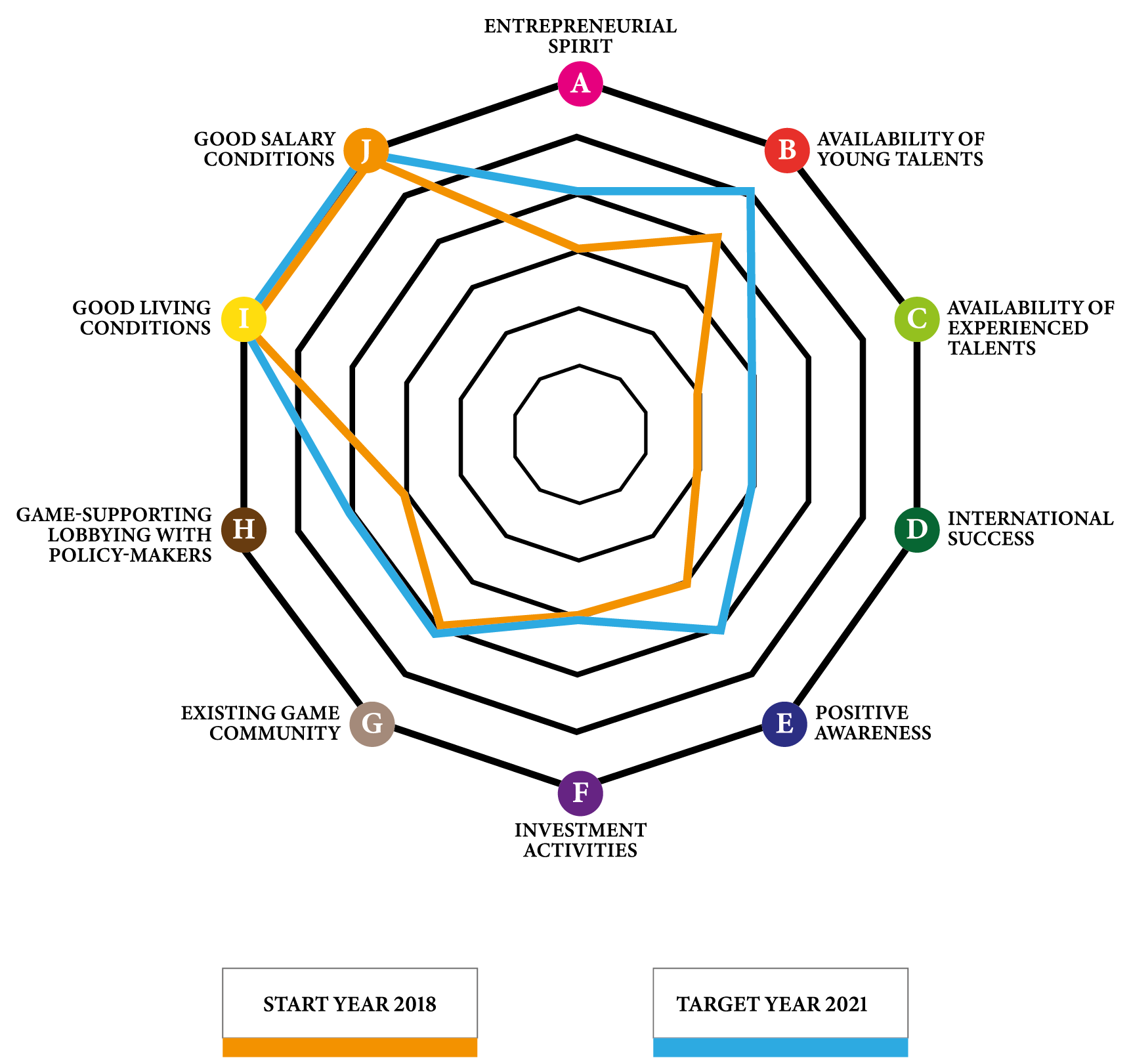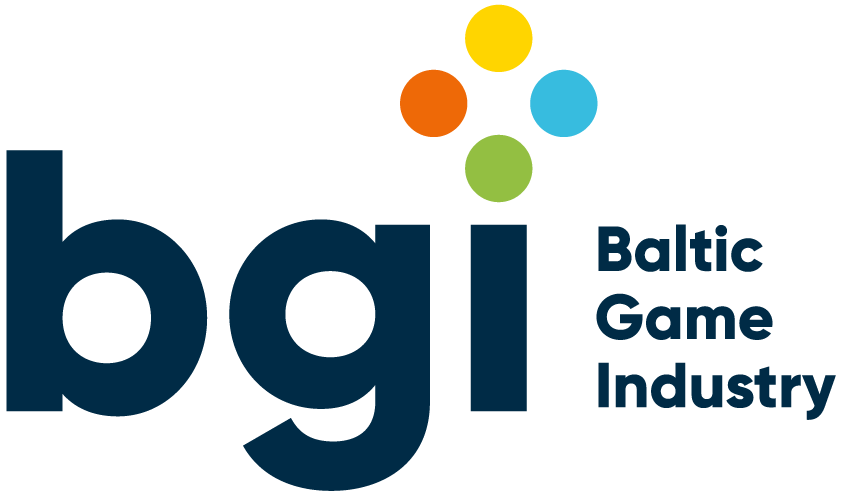Talents, Labour Market and Quality of Work Denmark & Central Denmark Region
As Denmark consists of 5 different regions, the situation and framework differ between the regions, as not all regions have a gaming industry to support. Therefore, the analysis is centred around Norddjurs Municipality and Central Region Denmark, where the Game Hub Denmark is located and actively engaging in developing the gaming industry.
Working conditions
Norddjurs Municipality’s salary level is comparatively low compared to both regional and national average. This is matched by an equally lower rent and living conditions, especially compared to the bigger Danish regional city Aarhus, and national capital Copenhagen. Denmark has a fixed working hour of 37 per week, and additional working hours are negotiable.
The average age of the working force in Central Denmark Region is 40.7 years, with a total of 1,321 million total population in the region (2019).
Labour Market
Labour costs in Denmark are expensive. With the highest labour costs in the EU with roughly 44,7 € per hour (2019), hiring talents is a big cost for the business community, this is compromised by an easy to hire and fire law in Denmark, called the Flex-security model. The average income level as per 2019 was 5721,73 €/month (DKK42,571 /per month before taxes, incl. pension).
For the non-wage costs, Denmark ranked 26th within the EU in 2017, with 16 € to be paid by the employer on top of a gross salary/wage of 100 € (compared to rank 1 – Sweden with 49 € on top of a 100 € gross salary).
The status of the labour market can be expressed through a number of different indicators:- Unemployment rate in 2018 for Central Denmark Region was 4.6 %, being very close to “full employment”. This has put on a pressure for businesses to find the needed talent, throughout all sectors.
- Central Denmark Region had 6220 job vacancies (end 2019 ),
- The self-employment rate in Denmark is 7.5%, which is the lowest number in the EU according to Eurostat – Danish public statistics
- In Denmark, the games sector shows a much larger percentage of self-employment, up towards 20%, more than double the average of the national average of self-employment across business sectors.
Due to the high total employment, Norddjurs Municipality and the country in general, have difficulties getting the proper talents and professionals in IT and programming.
Regional job vacancies in 2020 Q1 were 6684. According to the IT industry 2000 people are needed in the industry at a national level and numbers from the Government predict that this will be 19.000 in 2030.
Internationalisation of labour market
In total, 39,814 out of the workforce of 483,829 are foreign Europeans, totalling to 8.3%. Combined with the 18,930 non-European foreigners, the total foreign work force in Central Denmark Region is 12.1%.
In 2016, 31,200 applied for work permits in Denmark, and 15,028 were granted citizenship. In 2017, 10,627 work visas and 12,785 study visas were granted.
Research and development
There are no figures for research and development on a local or regional level. The national level for public expenditure on R&D intensity is relatively high, about 3% of GDP 2017, and as such Denmark is among the countries with the highest amount of public-funded R&D. Public R&D is projected to remain at around 1% of GDP. The average R&D funding per citizen in the EU was 186.1 € in 2016. The Danish number was 448.9 €.
The private sector performs about two thirds of all R&D in Denmark.
Educational levels
Total students in higher education in 2017: 26,842, of which 2,913 (10%) were foreign students. The median age of bachelor graduates in Central Denmark Region was 24.1 years old in 2017, and of masters’ graduates 27.0 years old.
The average annual cost of university education in Denmark is 0 €, as the education is free, except for expenses for books. This free education is also for all European citizens.
English as a secondary language is mandatory in Danish primary school, and throughout secondary educational levels.
Population: education- average annual cost of university education (tertiary education): NUTS 2: 0€
- number of tertiary education organisations: NUTS 2: 2018: 42
- number of total university students (tertiary education): NUTS 2: 2018: 71.062 in Central Denmark Region
______________________
Status: 2020



